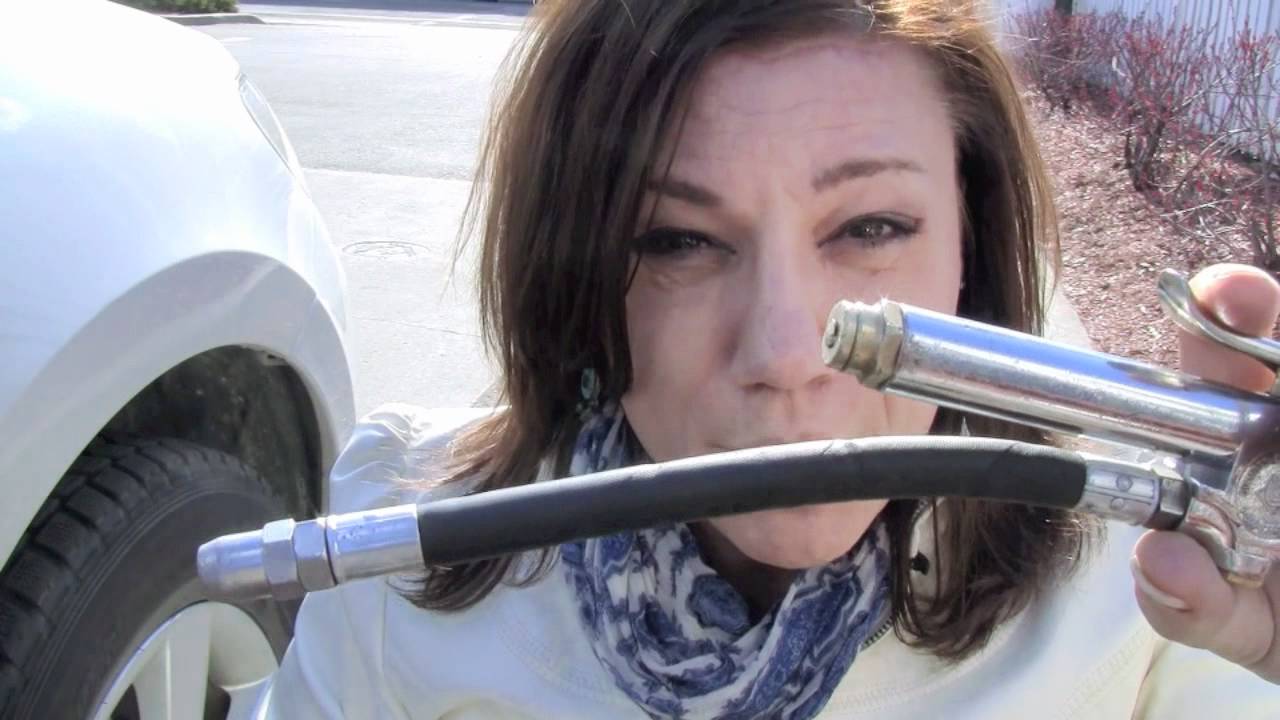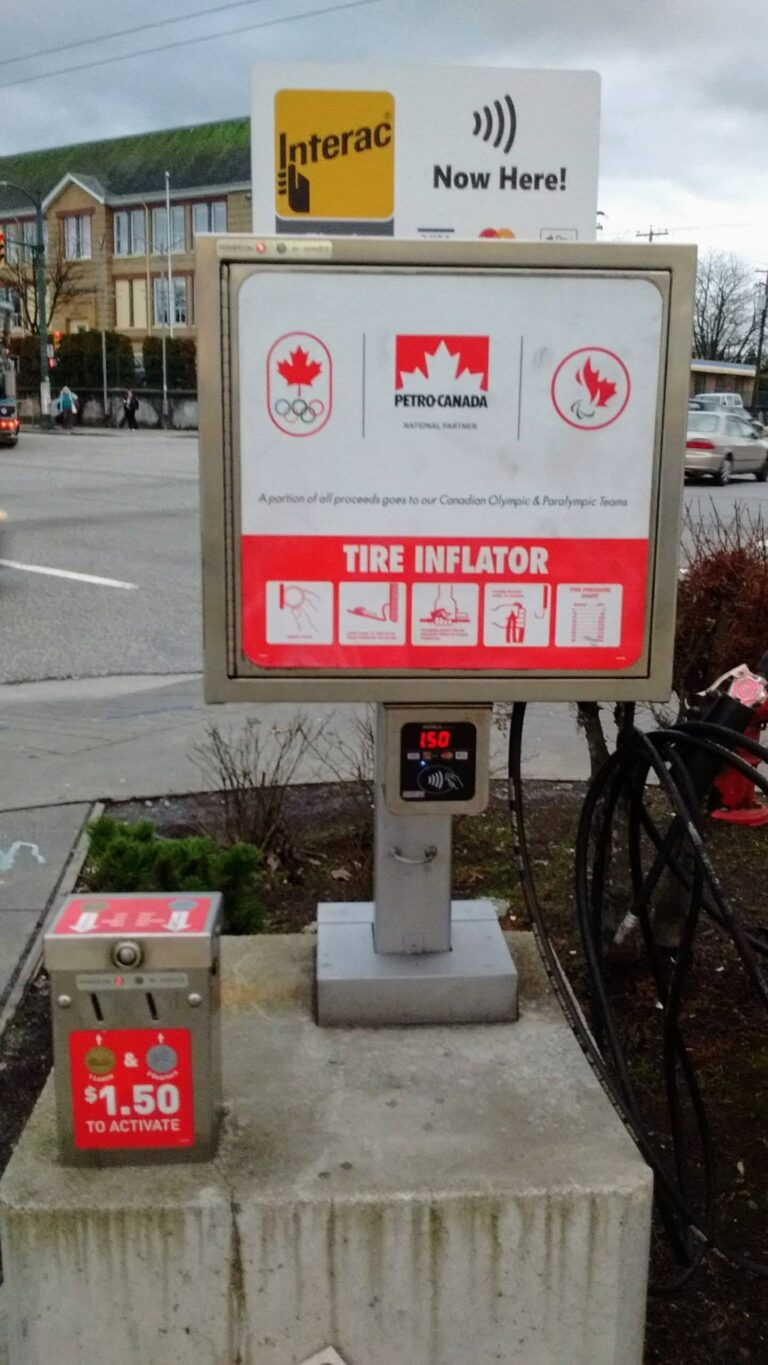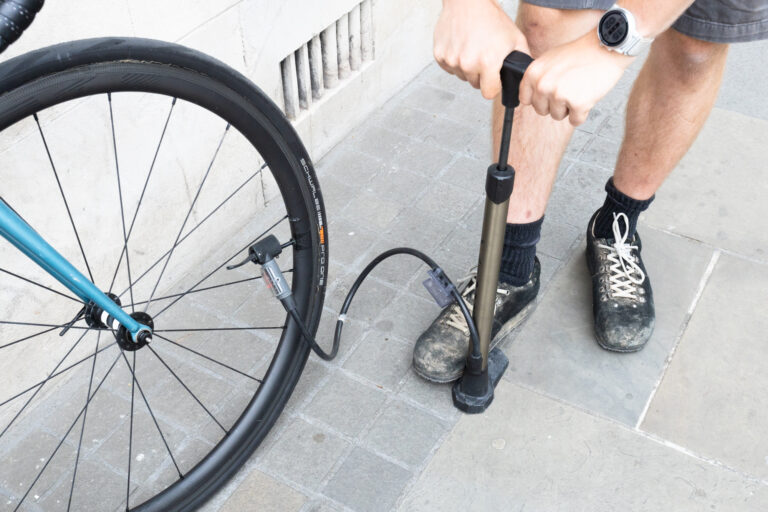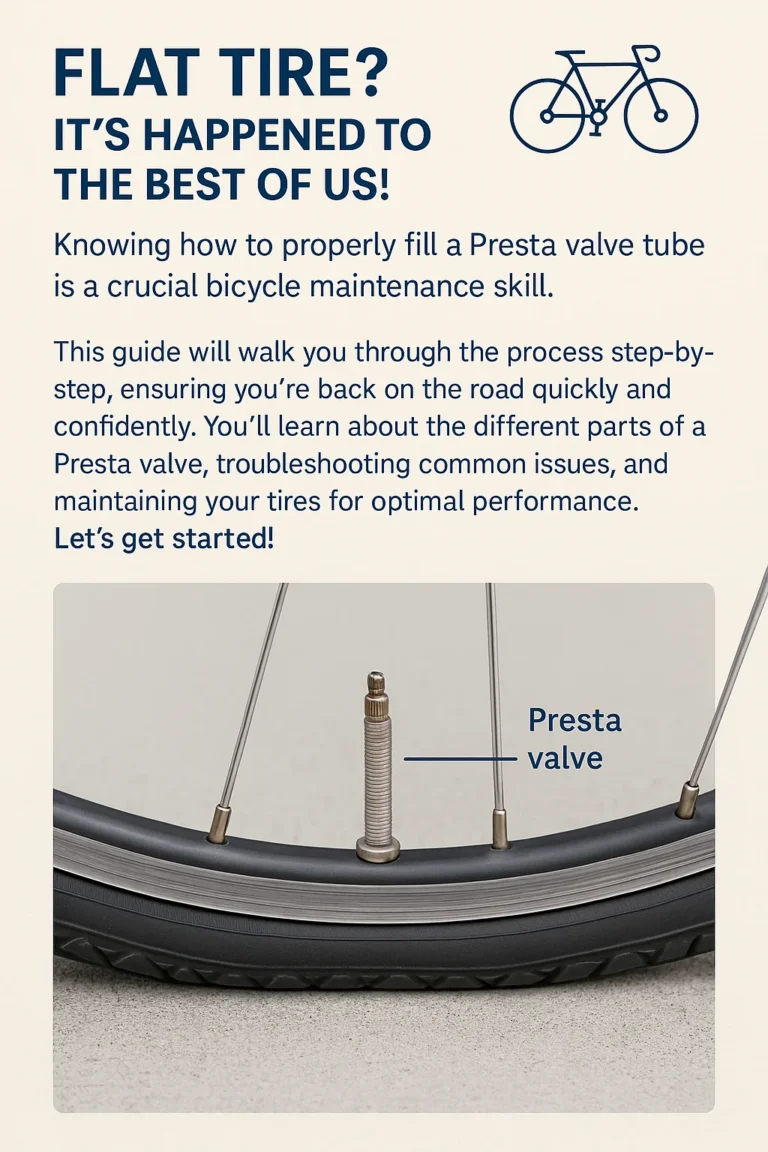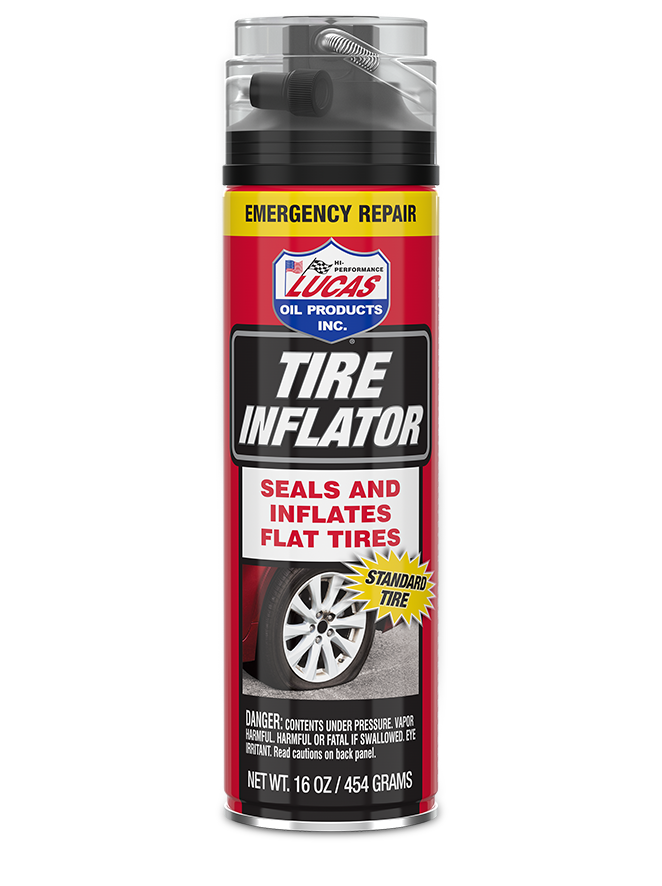How to Use Tire Inflator With Gauge: Expert Tips
Keeping your tires properly inflated is very important. It helps improve safety and fuel efficiency. A tire inflator with a gauge makes this task easier. This guide will show you how to use it step-by-step.
What is a Tire Inflator with Gauge?
A tire inflator is a device that fills tires with air. The gauge shows the current air pressure in your tires. Together, they help you keep your tires at the right pressure.

Why is Tire Pressure Important?
- Safety: Properly inflated tires help you stop better.
- Fuel Efficiency: Correct tire pressure can save you money on gas.
- Tire Longevity: Good pressure helps tires last longer.
- Better Handling: Your vehicle will handle better with correct pressure.
Tools You Will Need
Here is a list of tools to prepare:
- Tire inflator with gauge
- Air compressor (if needed)
- Tire pressure gauge (optional, but helpful)
- Safety glasses (for protection)
Steps to Use a Tire Inflator with Gauge
Follow these simple steps for effective tire inflation.
Step 1: Check The Recommended Pressure
Find the recommended tire pressure for your vehicle. You can usually find it on a sticker inside the driver’s door. It may also be in the owner’s manual.
Step 2: Remove The Valve Cap
Locate the tire valve on your tire. Unscrew the valve cap and keep it safe. This cap protects the valve from dirt.
Step 3: Attach The Tire Inflator
Take your tire inflator and attach it to the tire valve. Make sure it fits snugly. You should hear a hissing sound if it is not attached correctly.
Step 4: Check The Current Pressure
Look at the gauge on the inflator. It will show the current tire pressure. Compare this with the recommended pressure.
Step 5: Inflate The Tire
If the pressure is low, turn on the inflator. Allow it to fill the tire with air. Keep an eye on the gauge as it fills.
Step 6: Stop At The Right Pressure
When the tire reaches the recommended pressure, turn off the inflator. Remove it carefully from the valve. Be quick to prevent air loss.
Step 7: Replace The Valve Cap
Don’t forget to put the valve cap back on. This keeps dirt and debris out of the valve.
Step 8: Repeat For Other Tires
If you have more tires to check, repeat these steps. Always check the pressure regularly.

Tips for Using a Tire Inflator with Gauge
- Always check tire pressure when tires are cold.
- Use a tire pressure gauge for accuracy.
- Check your tires monthly or before long trips.
- Keep the inflator in your vehicle for emergencies.
Common Mistakes to Avoid
Here are some common mistakes people make:
- Inflating tires when they are hot.
- Ignoring the recommended pressure.
- Not checking the gauge regularly.
- Forgetting to replace the valve cap.
When to Inflate Your Tires
Here are some times when you should inflate your tires:
- Before a long trip
- After hitting a pothole
- When you notice uneven wear
- If your dashboard warning light comes on
Frequently Asked Questions
How Do I Use A Tire Inflator With Gauge?
Using a tire inflator with a gauge is straightforward. Connect it to the tire valve, turn it on, and monitor the pressure.
What Is The Purpose Of A Tire Gauge?
A tire gauge measures air pressure in tires, ensuring they are inflated to the recommended levels for safety and efficiency.
Can I Inflate Tires Without A Gauge?
Yes, but it’s not recommended. A gauge ensures accurate inflation, preventing under or over-inflation.
How Often Should I Check Tire Pressure?
Check tire pressure at least once a month or before long trips to maintain optimal performance and safety.
Conclusion
Using a tire inflator with gauge is easy and essential. Proper tire pressure keeps you safe and saves money. Make sure to check your tires regularly. Follow these steps for a smooth ride every time.
Frequently Asked Questions
1. How Often Should I Check My Tire Pressure?
You should check your tire pressure at least once a month.
2. What If My Tire Is Flat?
If your tire is flat, use a jack to lift the car and change the tire.
3. Can I Over-inflate My Tires?
Yes, over-inflating can cause tire blowouts. Always follow the recommended pressure.
4. Is It Safe To Drive On Low Tire Pressure?
No, it is not safe. Low tire pressure can cause accidents.
Final Thoughts
Using a tire inflator with a gauge is a vital skill. It helps you maintain your tires in good condition. Keep your vehicle safe and running smoothly. Happy driving!

